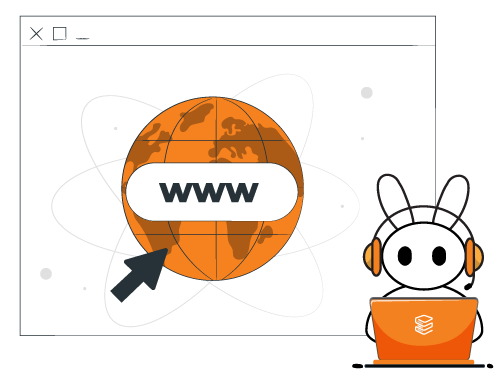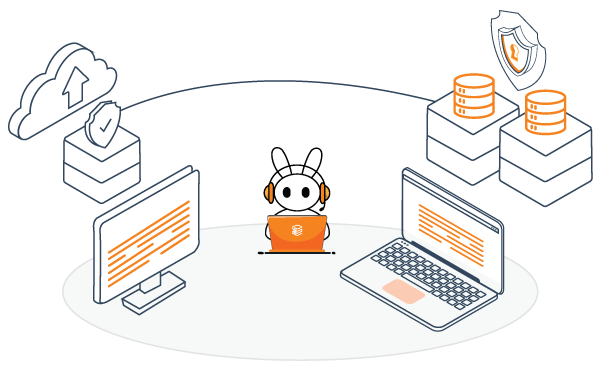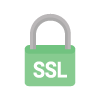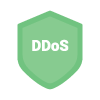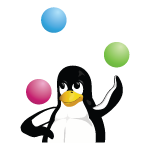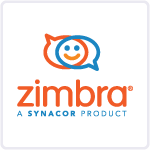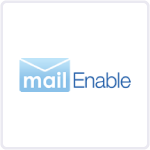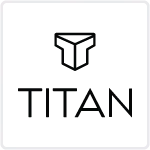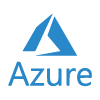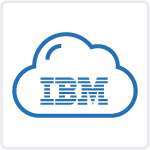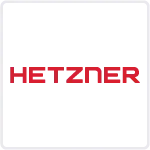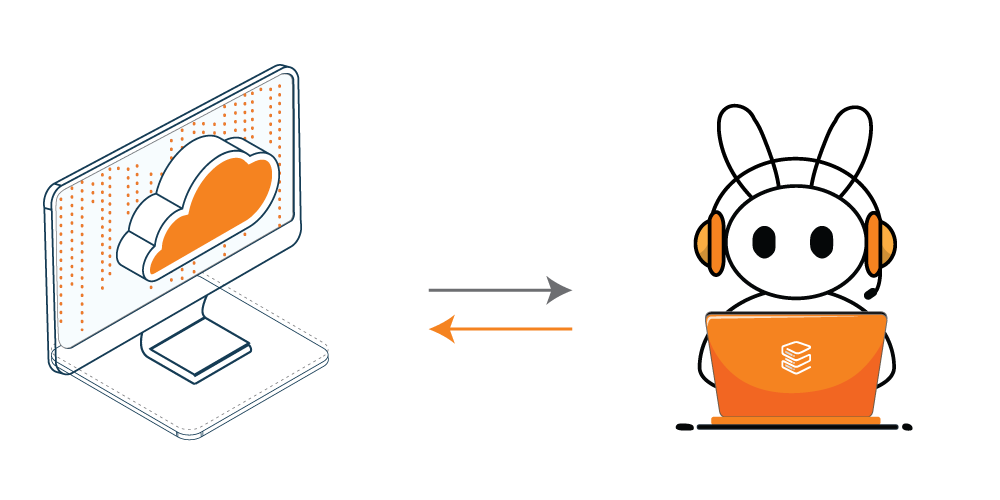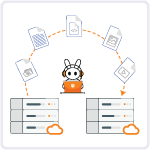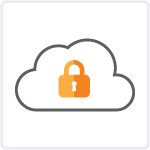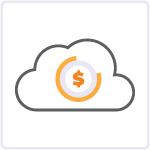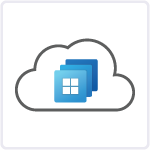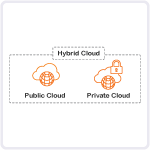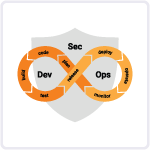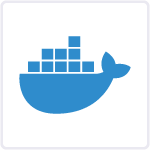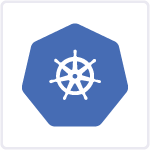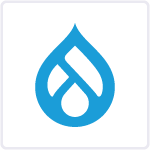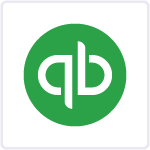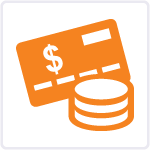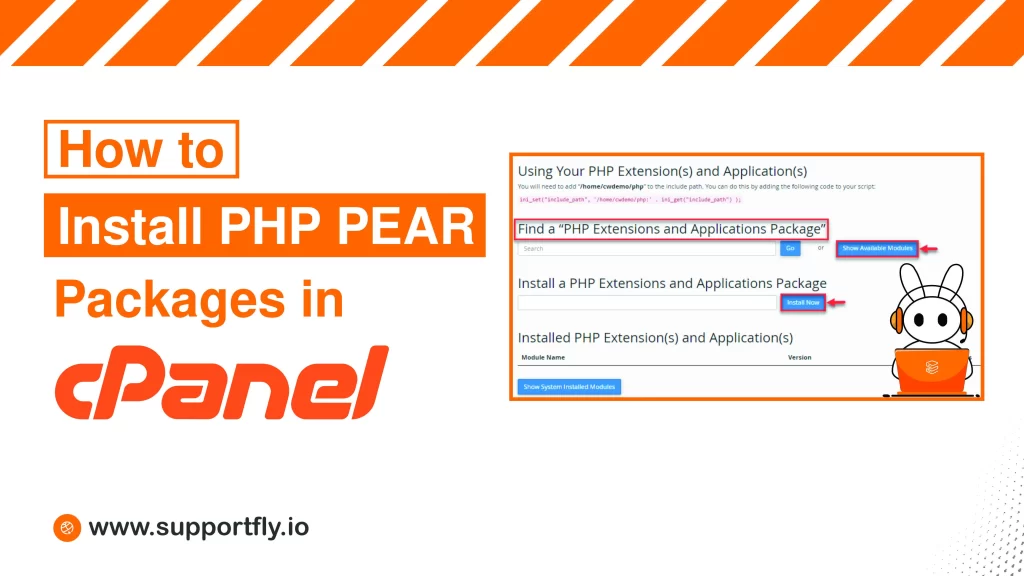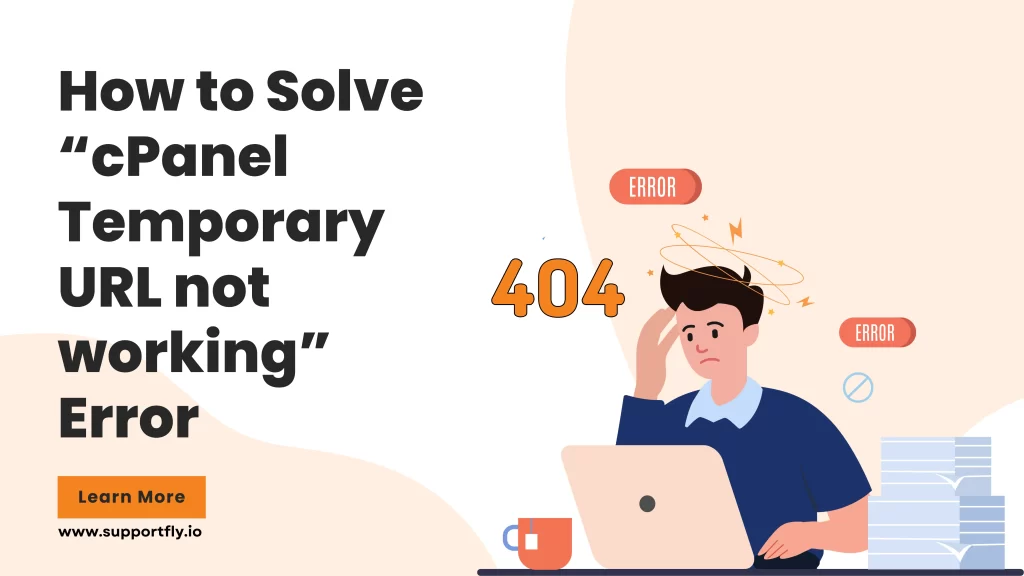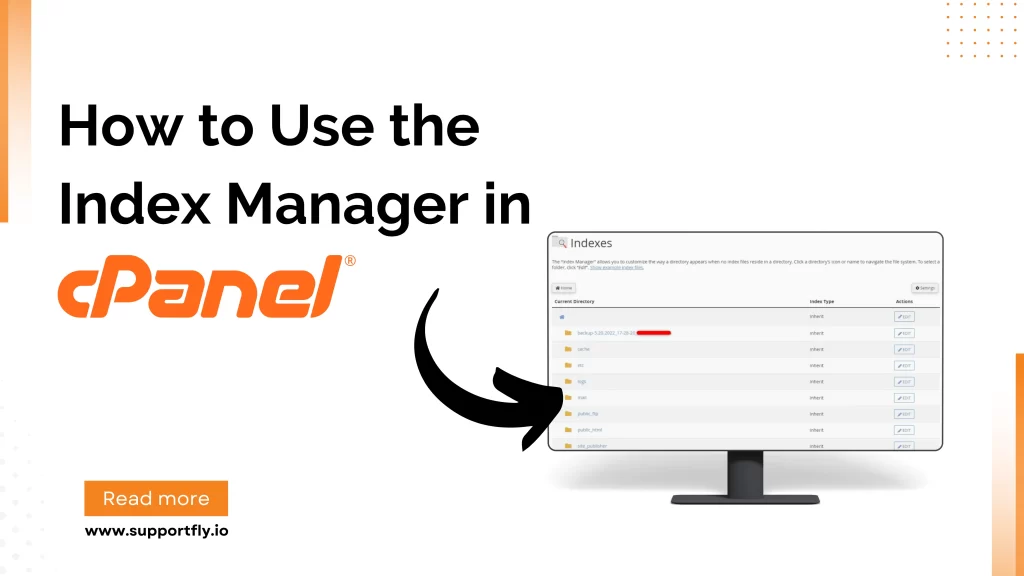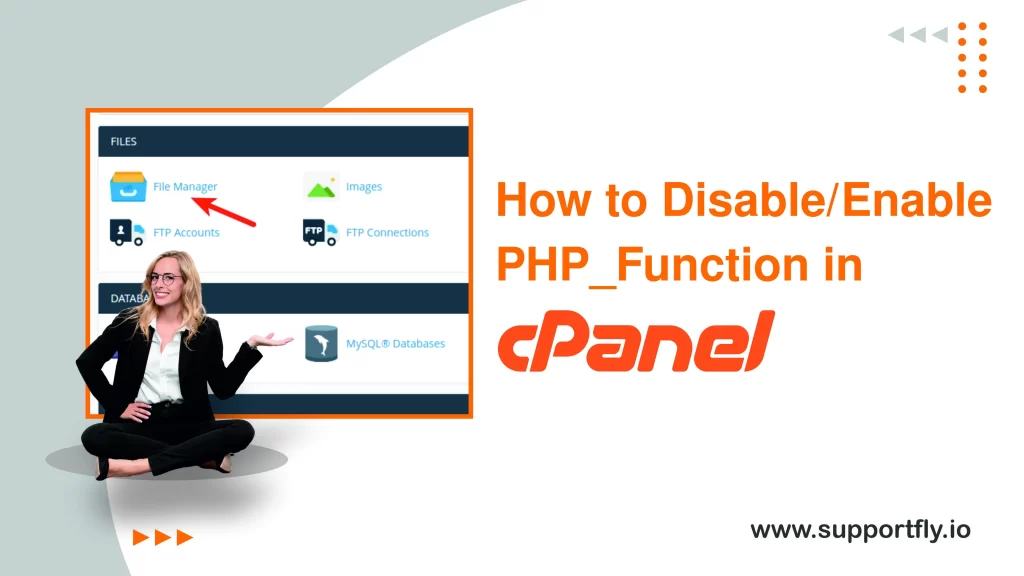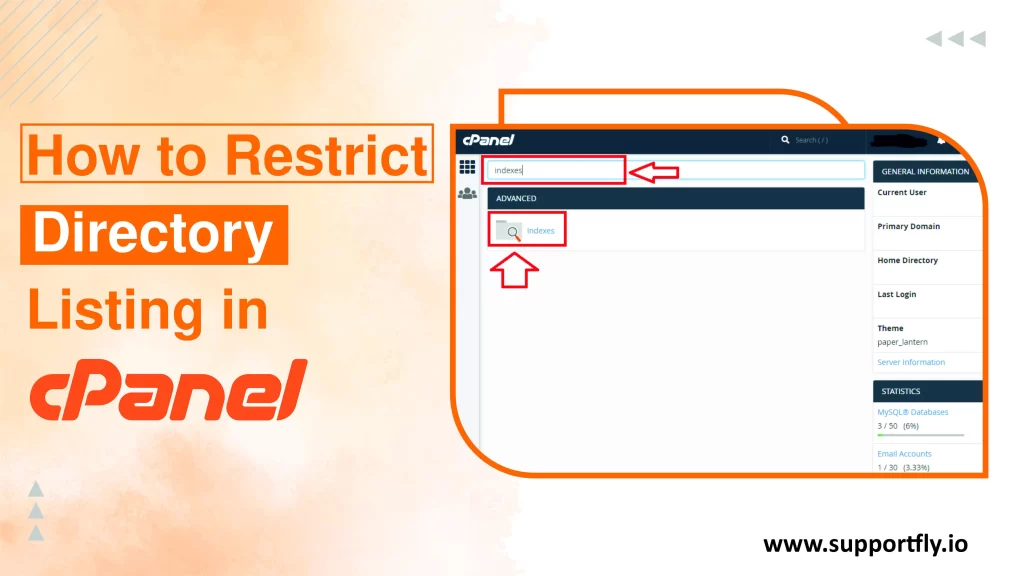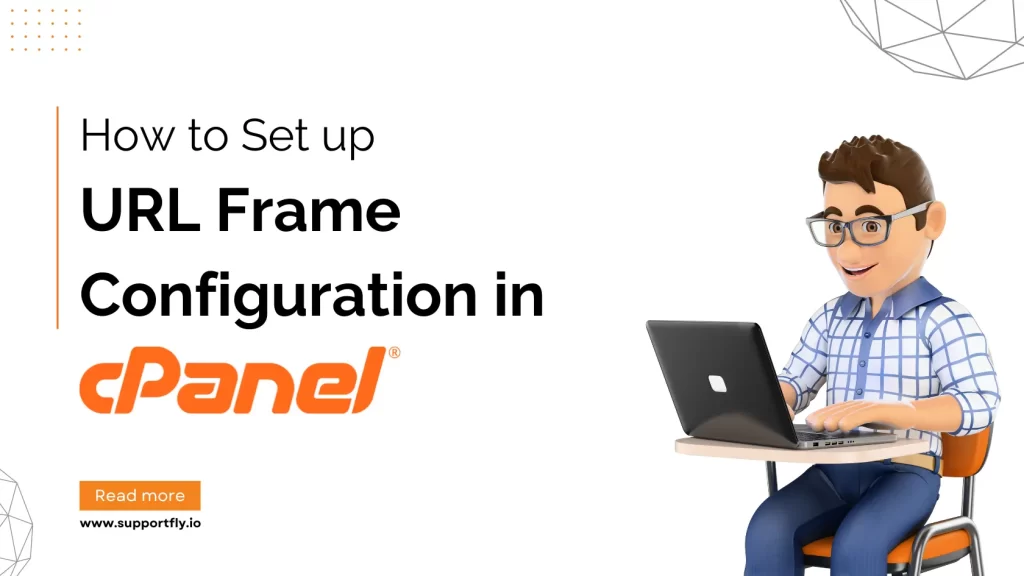Leech Protect is a security feature found within cPanel, the popular web hosting control panel, designed to prevent users from publicly posting or sharing sensitive information, such as usernames and passwords. This feature is particularly useful for website owners who want to safeguard their content, especially when it pertains to restricted or paid areas of their site. In this blog, we’ll explore what Leech Protect is, why it’s important, and provide a step-by-step guide on how to set it up in cPanel.
This blog is a part of our cPanel server management services where we make sure your cPanel server works efficiently with any issues.
Table of Contents
Understanding Leech Protect
Leech Protect operates by monitoring and controlling the number of logins from a specific user within a set period. If a user exceeds the predefined limit, Leech Protect can automatically redirect the user to a specified URL, send an alert to the website administrator, or even disable the user’s account, depending on the settings configured by the administrator.
This tool is essential for websites that operate on a subscription model or have areas restricted to certain users. Without such protection, a single user could potentially share their login credentials with an unlimited number of people, leading to unauthorized access and potential data breaches.
Why Leech Protect is Important
- Prevents Unauthorized Access: By limiting the number of logins, Leech Protect helps in preventing unauthorized users from accessing restricted content.
- Protects Sensitive Information: It ensures that sensitive information, meant for specific viewers, does not get distributed widely.
- Saves Bandwidth and Resources: Unchecked sharing of login credentials can lead to increased traffic and use of resources, potentially slowing down the website for legitimate users.
- Maintains Subscription Integrity: For subscription-based services, Leech Protect helps in ensuring that only paying subscribers gain access, thereby maintaining the business’s revenue.
How to Setup Leech Protect in cPanel
Setting up Leech Protect involves a few steps, which are detailed below:
Step 1: Access Leech Protect
- Log in to your cPanel account.
- Scroll down to the Security section.
- Click on the Leech Protect icon. This will open the Leech Protect directory selection screen.
Step 2: Select Directory to Protect
- Navigate through the directory tree and select the folder you wish to protect. This folder should contain the content or the area of your site you want to secure.
- Click on the folder name to select it, and then click Set Protection.
Step 3: Configure Protection Settings
- Maximum Logins: Enter the maximum number of times a user can log in within a 2-hour period. Choosing a reasonable limit is crucial; too low could inconvenience legitimate users, while too high might not effectively deter credential sharing.
- URL to Redirect Leech Attempts: Specify a URL to redirect users to if they exceed the login attempts. This can be a custom message explaining the violation or any other page you deem appropriate.
- Send Alert to Email: Enter an email address where you want to receive notifications of leech attempts. This allows you to monitor and respond to potential security issues quickly.
- Disable Compromised Accounts: If you want cPanel to automatically disable accounts that exceed the login attempts, check this option. Ensure you have a procedure for users to reclaim their accounts if they are legitimately locked out.
Step 4: Activate Protection
- After configuring the settings, click on the Enable button to activate Leech Protect for the selected directory. You will receive a confirmation message, and the protection will be immediately active.
Step 5: Manage Protected Directories
- After activation, you can manage your protected directories through the Leech Protect interface in cPanel. This includes adjusting settings, disabling protection, or adding additional directories.
Conclusion
Leech Protect is a powerful tool in the cPanel arsenal for website owners looking to secure their content and prevent unauthorized sharing of login credentials. By setting up Leech Protect, you’re not only safeguarding your site’s integrity but also ensuring that your content remains exclusive to its intended audience. As with any security feature, it’s important to regularly review and adjust your Leech Protect settings to adapt to changing needs and potential threats.

